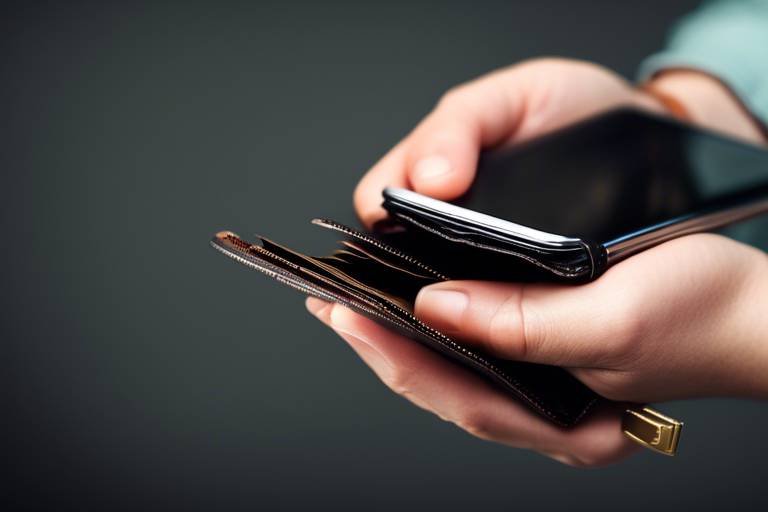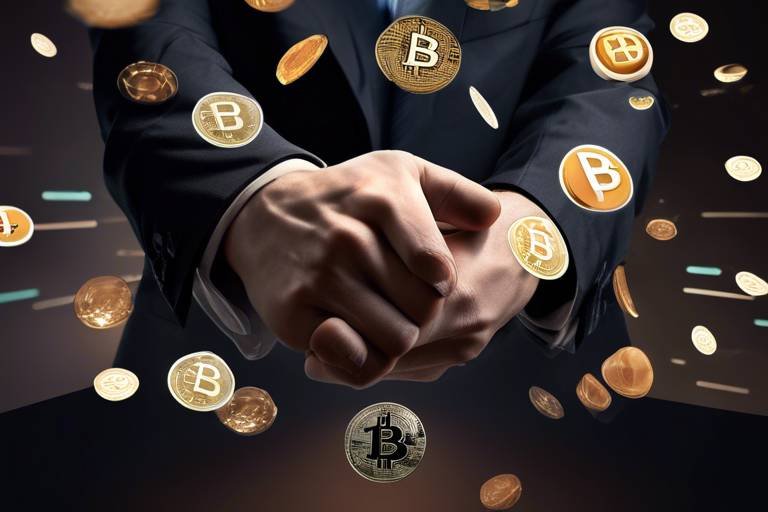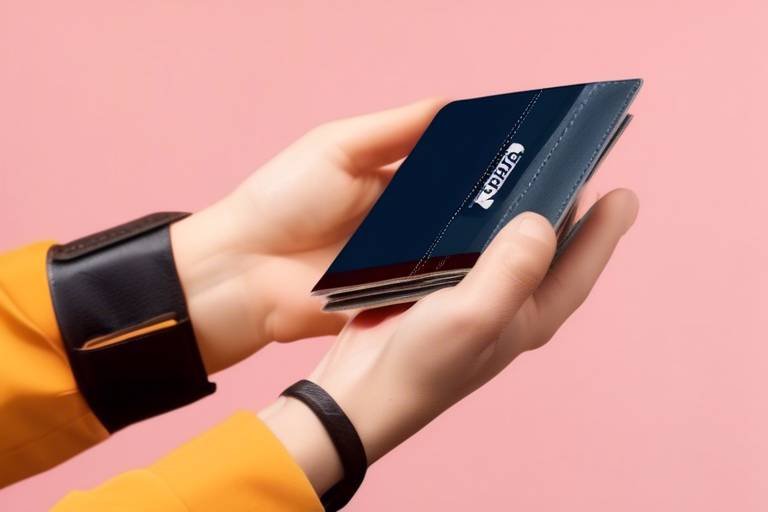The Future of Wallets in the Digital Arts
The digital arts landscape is rapidly evolving, and at the heart of this transformation is the emergence of digital wallets. These wallets are not just a fad; they are becoming essential tools for artists and collectors alike. As we step into a future where art is increasingly created, bought, and sold in digital formats, understanding the role of digital wallets is crucial. They serve as a bridge between the creative minds behind digital art and the collectors who appreciate it. Imagine a world where artists can sell their work directly to buyers without the need for intermediaries, all thanks to the convenience and security offered by digital wallets.
So, what exactly is driving this shift? For starters, the rise of blockchain technology has played a pivotal role. Blockchain provides a secure and transparent way to manage digital assets, ensuring that artists receive fair compensation for their work while collectors can verify the authenticity of their purchases. This technology has paved the way for a new era of ownership in the digital realm, where the traditional notions of art ownership are being redefined. With digital wallets, transactions can happen instantaneously, and artists can connect directly with their audience, creating a more personal and engaging experience.
As we delve deeper into the future of wallets in the digital arts, we begin to see their multifaceted impact on the industry. Not only do these wallets facilitate transactions, but they also empower artists by providing them with tools to manage their portfolios effectively. Imagine being able to track the performance of your art pieces in real-time, all while having a secure place to store them. This level of control is revolutionary and allows artists to focus more on their creativity rather than the complexities of financial transactions.
Moreover, the integration of Non-Fungible Tokens (NFTs) with digital wallets has opened up a myriad of possibilities. NFTs are unique digital assets that represent ownership of a specific item, often linked to digital art. With digital wallets, buying, selling, and trading NFTs has never been easier. Artists can create limited editions of their work, and collectors can invest in these unique pieces with confidence, knowing that their transactions are secure and verifiable.
In this ever-changing landscape, it’s clear that digital wallets are not just a passing trend; they are here to stay. As we look to the future, we can anticipate further innovations that will enhance the functionality of these wallets. From enhanced security features to more intuitive user interfaces, the evolution of digital wallets promises to make the digital arts space more accessible and engaging for everyone involved.
- What is a digital wallet? A digital wallet is an electronic application that allows users to store and manage their digital assets, including cryptocurrencies and NFTs, securely.
- How do digital wallets benefit artists? Digital wallets provide artists with a direct way to sell their work, manage transactions securely, and track their art's performance in the market.
- What role does blockchain play in digital wallets? Blockchain technology ensures transparency, security, and authenticity of digital transactions, making it easier for artists and collectors to trust the process.
- Are smart contracts necessary for digital wallets? Yes, smart contracts automate transactions and ensure compliance, which streamlines the buying and selling process in the digital art market.
- What are NFTs, and how are they related to digital wallets? NFTs are unique digital tokens that represent ownership of a specific digital asset. Digital wallets facilitate the buying, selling, and trading of NFTs securely.
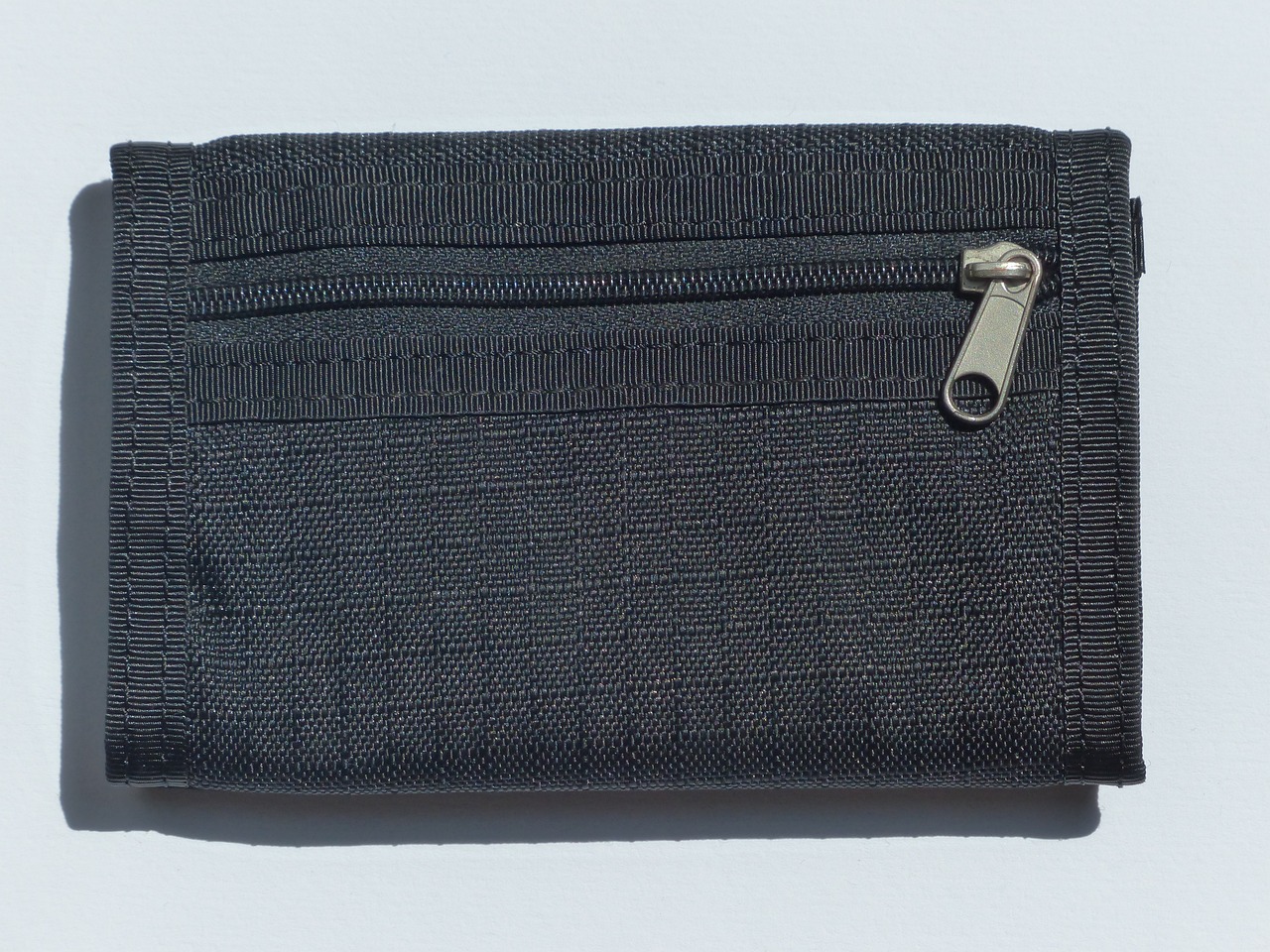
The Rise of Digital Wallets
In recent years, the world has witnessed an incredible surge in the use of digital wallets. These handy tools have evolved from mere convenience to becoming essential components in the lives of artists and collectors alike. But what exactly has fueled this rapid adoption? To put it simply, digital wallets offer a perfect blend of security, accessibility, and efficiency that traditional methods simply can't match.
One of the most compelling reasons for the rise of digital wallets is the increased security they provide. Artists and collectors are often anxious about the safety of their valuable digital assets. With cyber threats looming large, the need for a secure storage solution has never been greater. Digital wallets utilize advanced encryption methods and blockchain technology to ensure that your assets are safe from prying eyes. This level of security is a game-changer, allowing users to breathe a sigh of relief when managing their digital art collections.
Moreover, the ease of use that digital wallets offer is another factor driving their popularity. Imagine being able to manage your entire collection from the palm of your hand! No more cumbersome paperwork or lengthy transactions. With just a few taps on your smartphone, you can buy, sell, or trade digital art seamlessly. This user-friendly interface has attracted not just seasoned collectors but also newcomers to the digital art scene, making it accessible for everyone.
Additionally, the integration of digital wallets with various platforms has made them indispensable. Artists can now easily showcase their work and connect with potential buyers without the need for intermediaries. This direct interaction fosters a sense of community and trust, as artists can engage with their audience and collectors can feel more confident in their purchases. It's like having a personal gallery right in your pocket!
Let's not forget about the financial benefits that digital wallets provide. By eliminating middlemen, artists can retain a larger portion of their sales. This shift in the financial landscape empowers creators to earn more from their work, which is a significant advantage in an industry where profit margins can often be slim. Furthermore, with lower transaction fees compared to traditional methods, both artists and buyers can enjoy a more cost-effective experience.
In summary, the rise of digital wallets in the digital arts realm is a fascinating phenomenon. They offer a secure, user-friendly, and financially advantageous solution that appeals to artists and collectors alike. As we continue to embrace technology, it's clear that digital wallets are here to stay, revolutionizing the way we interact with digital art. So, are you ready to dive into this exciting new world?

Blockchain Technology and Digital Art
In recent years, blockchain technology has emerged as a revolutionary force in the digital arts landscape. But what exactly does that mean for artists and collectors? Well, imagine a world where every piece of digital art is not only unique but also verifiable. This is the promise that blockchain brings to the table. It acts as a decentralized ledger that records transactions across multiple computers, ensuring that the data cannot be altered retroactively without the consensus of the network. This means that when an artist creates a digital piece, they can register it on the blockchain, providing a public record of ownership and authenticity.
One of the most significant impacts of blockchain on digital art is its ability to enhance transparency. Artists can now prove their ownership of a piece, which is crucial in a market often plagued by issues of copyright infringement and forgery. Additionally, collectors can purchase art with the peace of mind that they are acquiring a legitimate piece, backed by verifiable data. This shift not only protects artists' rights but also fosters a sense of trust in the marketplace.
Furthermore, blockchain technology enables artists to retain control over their work even after it has been sold. Through the use of smart contracts, artists can set terms that allow them to earn royalties every time their art is resold. This means that the relationship between artists and collectors is evolving; artists are no longer just one-time sellers but can benefit from the ongoing appreciation of their work. In essence, blockchain is not just a technological advancement; it's a game-changer that redefines the economics of art ownership.
However, the integration of blockchain technology into the digital art world is not without its challenges. The technical complexities of understanding and utilizing blockchain can be daunting for some artists, especially those who may not have a background in technology. Additionally, the legal landscape surrounding blockchain and digital art is still evolving, leaving many questions unanswered. Nevertheless, the potential benefits far outweigh these challenges, paving the way for a more secure and equitable art market.
As we delve deeper into the implications of blockchain for digital art, it becomes clear that this technology is not just a passing trend. It's a foundational shift that could redefine how art is created, bought, and sold. The future looks bright for artists who embrace this change, as they can leverage blockchain to build a more sustainable and profitable career.
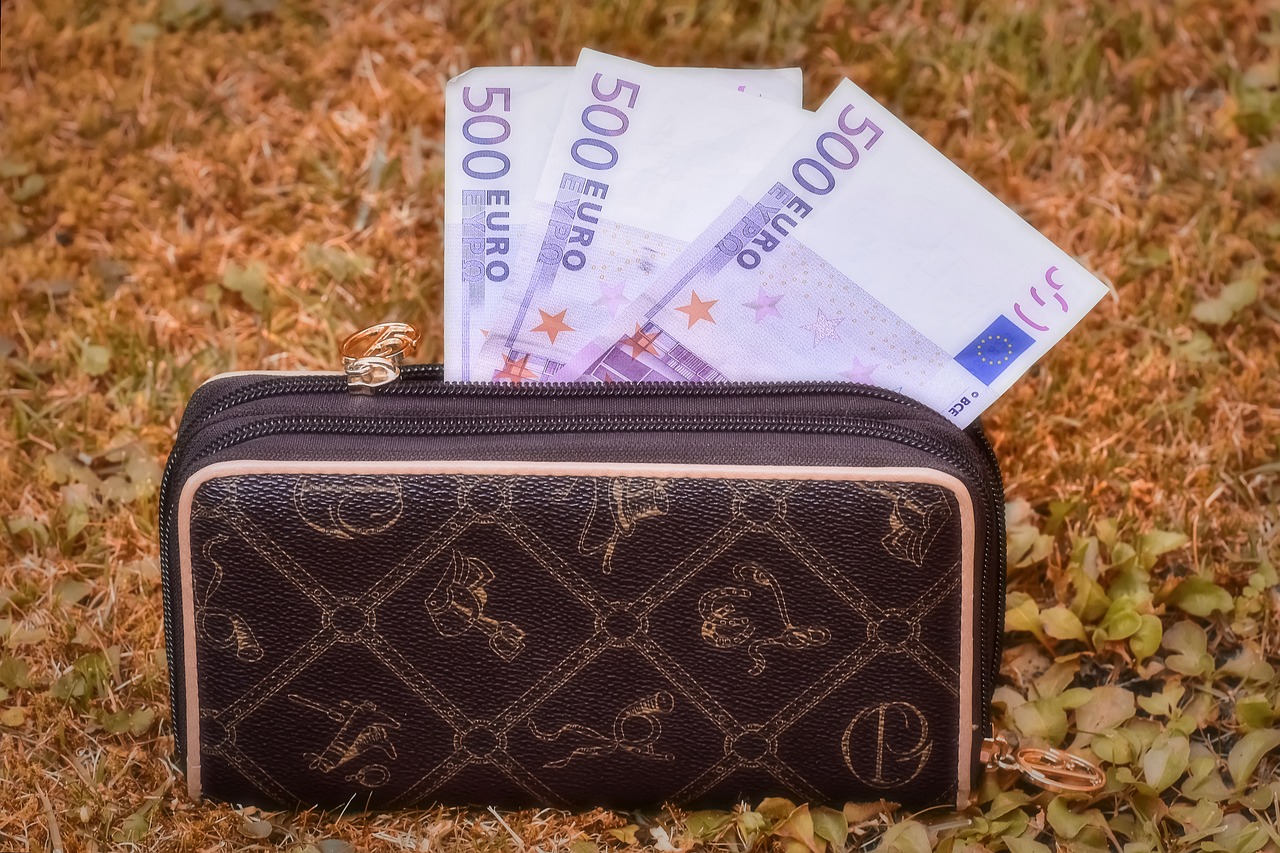
Smart Contracts Explained
In the world of digital art, smart contracts are emerging as a game-changer. But what exactly are they? At their core, smart contracts are self-executing contracts with the terms of the agreement directly written into code. This means that once the criteria set in the contract are met, the contract automatically executes the agreed-upon actions without the need for intermediaries. Imagine a vending machine: you insert your coins, select your item, and the machine delivers it without any human intervention. That's how smart contracts operate in the digital realm.
These contracts are built on blockchain technology, which ensures that they are tamper-proof and transparent. This means that once a smart contract is deployed, it cannot be altered, making it a reliable option for artists and collectors alike. For instance, an artist can set specific conditions for the sale of their artwork—such as payment terms or royalty agreements—within a smart contract. When a collector meets these conditions, the transaction is automatically executed, transferring ownership of the digital art piece without any hassle.
One of the most significant benefits of smart contracts is their ability to facilitate trust between parties. In traditional art sales, trust issues can arise, especially when dealing with high-value transactions. However, with smart contracts, both parties can be assured that the terms will be executed as agreed. This eliminates the need for trust in a third party, which can often lead to disputes or misunderstandings.
To illustrate the functionality of smart contracts, consider the following example:
| Step | Action |
|---|---|
| 1 | Artist uploads their digital artwork to a marketplace. |
| 2 | Artist sets the price and conditions in a smart contract. |
| 3 | Collector agrees to the terms and sends payment. |
| 4 | Smart contract verifies the payment and automatically transfers ownership. |
This process not only speeds up transactions but also reduces the potential for fraud. However, it's essential to note that while smart contracts provide a robust framework for transactions, they are not without their challenges. The technical complexities involved can be daunting for some artists and collectors, especially those who are not tech-savvy. Moreover, legal uncertainties surrounding smart contracts can lead to confusion regarding enforceability and jurisdiction.
In summary, smart contracts are revolutionizing the way digital art is bought and sold. By automating transactions and enhancing trust, they pave the way for a more secure and efficient marketplace. As we continue to explore the evolving landscape of digital wallets and art, understanding smart contracts will be crucial for anyone looking to navigate this exciting frontier.
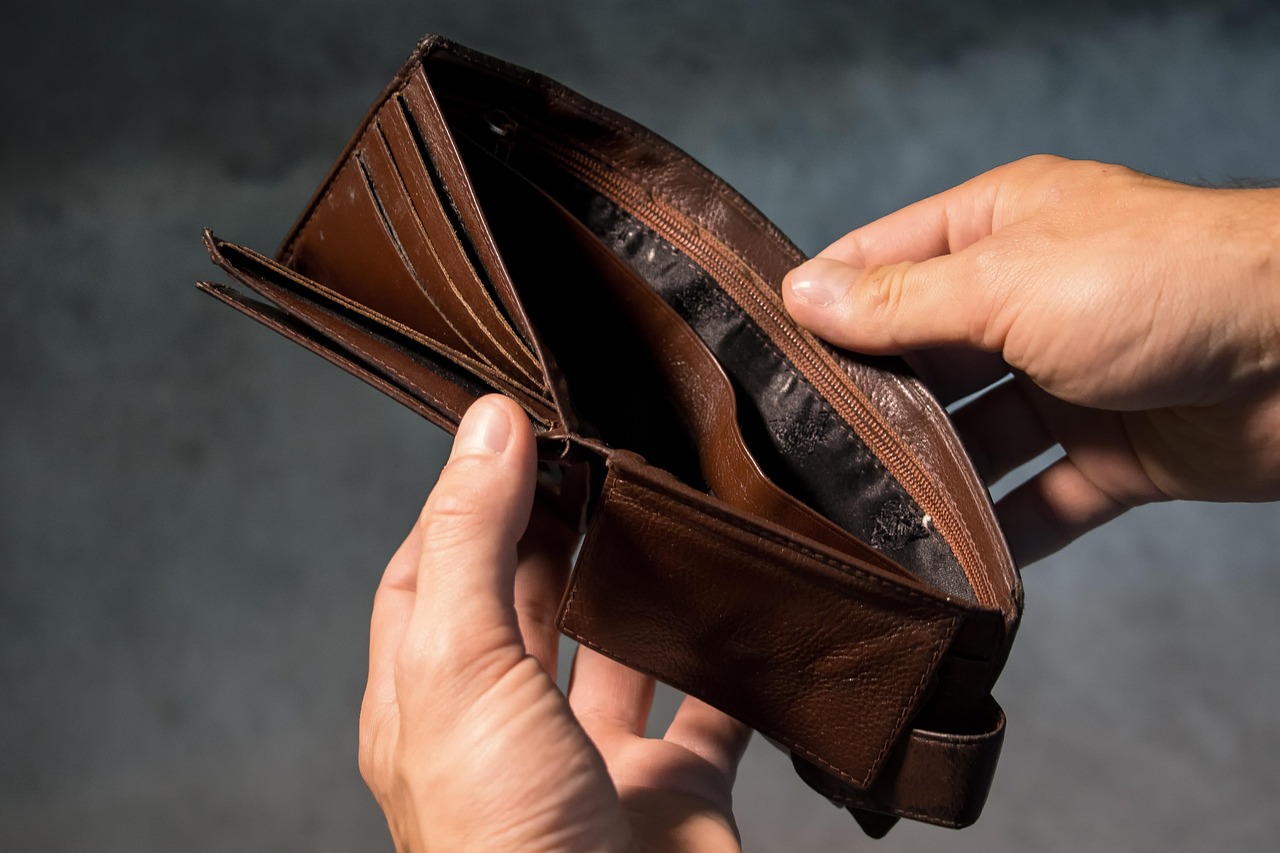
Benefits of Smart Contracts
Smart contracts are truly the backbone of the digital art ecosystem, providing a plethora of benefits that can transform the way artists and collectors interact. Imagine a world where transactions happen without the need for a middleman—this is the essence of smart contracts. They automate processes, ensuring that every party involved is treated fairly and efficiently. One of the most significant advantages is the reduction in transaction costs. By eliminating intermediaries, artists can retain a larger portion of their earnings, which is especially crucial for emerging creators who often struggle with fees associated with traditional sales channels.
Moreover, smart contracts enhance trust between parties. In the digital art space, where authenticity and provenance are paramount, these contracts act as a digital notary. They store all transaction details on the blockchain, making it nearly impossible to alter or forge records. This transparency not only builds confidence among buyers but also protects artists from potential fraud. For instance, when a piece of art is sold, the smart contract automatically transfers ownership to the buyer while simultaneously releasing payment to the artist. This seamless process reduces the chances of disputes, creating a smoother experience for everyone involved.
Additionally, smart contracts can include royalty clauses, ensuring that artists receive a percentage of sales every time their work is resold. This feature is revolutionary; it allows artists to benefit from the appreciation of their work over time. Imagine an artist who creates a piece that later sells for a million dollars—thanks to smart contracts, they could receive a portion of that sale, thus creating a sustainable income stream. This not only incentivizes artists to create more but also fosters a culture of support within the community.
In summary, the benefits of smart contracts extend beyond mere automation. They create a more equitable landscape for artists and collectors alike, fostering trust, reducing costs, and ensuring that artists are compensated fairly for their work. As we continue to embrace the digital age, the role of smart contracts will only grow, paving the way for a more vibrant and secure art market.
- What are smart contracts? Smart contracts are self-executing contracts with the terms of the agreement directly written into code, which run on a blockchain.
- How do smart contracts benefit artists? They reduce transaction costs, enhance trust, and ensure artists receive royalties on resales.
- Are smart contracts secure? Yes, smart contracts leverage blockchain technology, which provides a high level of security and transparency.
- Can anyone create a smart contract? While the technology is accessible, creating smart contracts typically requires some programming knowledge.
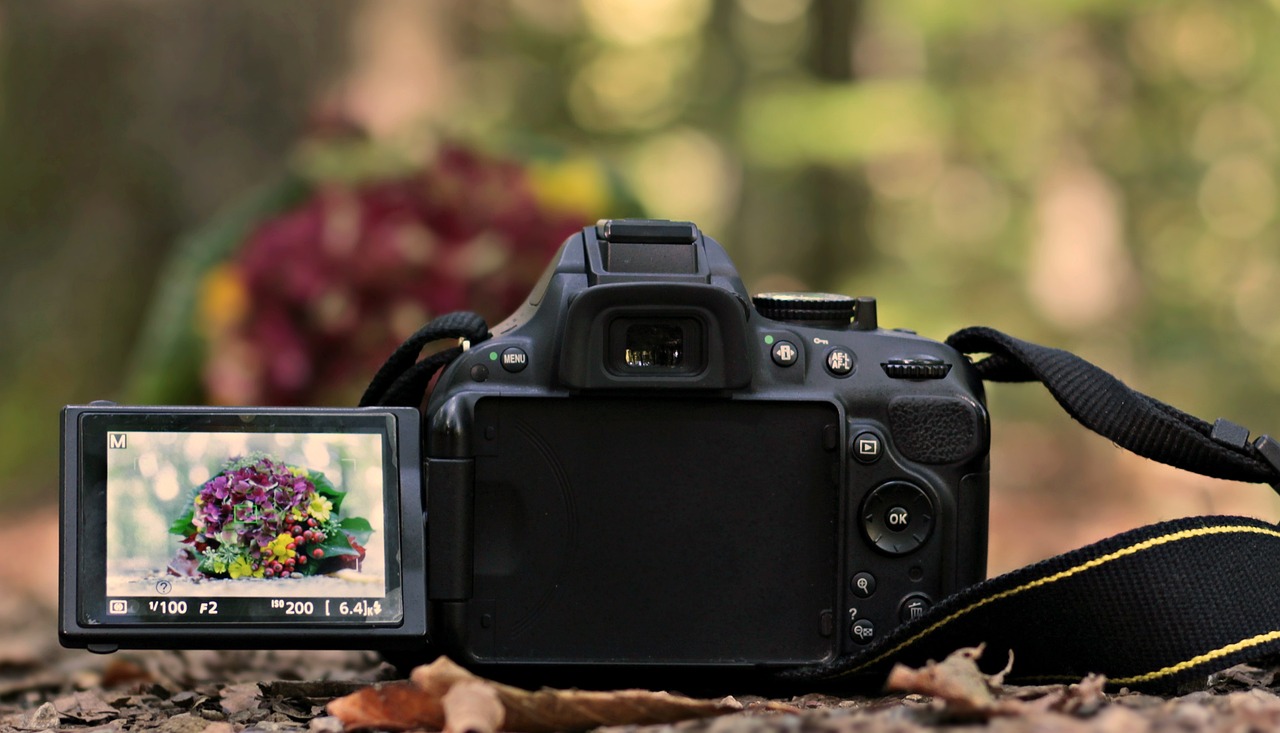
Challenges of Smart Contracts
While smart contracts have emerged as a game-changer in the digital arts landscape, they are not without their challenges. One of the primary hurdles is the technical complexity involved in creating and deploying these contracts. Many artists and collectors may not have the technical expertise required to navigate the intricacies of blockchain technology. This can lead to a significant barrier to entry for those who are less tech-savvy, ultimately limiting the widespread adoption of smart contracts.
Moreover, the legal uncertainties surrounding smart contracts can create confusion and hesitation among users. The legal status of these contracts varies from jurisdiction to jurisdiction, and the lack of a standardized framework can lead to disputes. For instance, if a smart contract fails to execute as intended due to a coding error, it raises questions about liability and enforcement. Artists and collectors may find themselves in precarious situations, unsure of how to resolve issues that arise from these automated agreements.
Another challenge is the security vulnerabilities inherent in smart contracts. While blockchain technology is generally secure, the code within smart contracts can be susceptible to hacks and exploits. If a malicious actor identifies a flaw in the code, they could potentially manipulate the contract to their advantage, resulting in financial losses for artists and collectors alike. This risk necessitates a thorough understanding of coding practices and the implementation of robust security measures before deploying any smart contract.
Additionally, the lack of interoperability between different blockchain platforms can pose significant challenges. Artists may find themselves locked into a specific ecosystem, limiting their ability to reach a broader audience or collaborate with others on different platforms. This fragmentation can hinder the growth of the digital art market, as it restricts the fluid exchange of assets across various systems.
In summary, while smart contracts offer exciting possibilities for the digital arts, the challenges they present cannot be overlooked. Addressing these issues will require collaboration among developers, legal experts, and artists to create a more user-friendly and secure environment. By overcoming these barriers, we can unlock the full potential of smart contracts and pave the way for a more vibrant and accessible digital art landscape.
- What are smart contracts? Smart contracts are self-executing contracts with the terms of the agreement directly written into code, allowing for automated transactions.
- What challenges do smart contracts face? Key challenges include technical complexity, legal uncertainties, security vulnerabilities, and lack of interoperability.
- How can artists protect themselves when using smart contracts? Artists should ensure they understand the technology, seek legal advice, and use reputable platforms to mitigate risks.
- Are smart contracts secure? While they leverage blockchain's security, smart contracts can have vulnerabilities in their code, making thorough testing essential.

Integration with NFTs
The emergence of Non-Fungible Tokens (NFTs) has been nothing short of a revolution in the digital art world. These unique digital assets are redefining how artists create, sell, and monetize their work. But how do digital wallets fit into this innovative landscape? Well, digital wallets play a crucial role in facilitating the purchase, sale, and storage of NFTs, providing a seamless experience for both artists and collectors.
Imagine a digital wallet as your personal gallery where you can not only showcase your art but also manage your collection of NFTs. When an artist mints an NFT, they essentially create a digital certificate of ownership for their artwork, which is then stored in a digital wallet. This wallet acts as a secure vault, protecting the artist's intellectual property while allowing collectors easy access to their purchased pieces.
One of the most exciting aspects of NFTs is their ability to be bought and sold on various marketplaces. Digital wallets enable this fluidity by allowing users to connect to multiple platforms effortlessly. For instance, an artist can create an NFT on one platform and sell it on another, all while managing their assets from a single wallet. This interoperability is key to expanding the market for digital art, making it accessible to a broader audience.
Moreover, digital wallets enhance the transparency of ownership. Each NFT transaction is recorded on the blockchain, ensuring that provenance is easily traceable. Collectors can verify the authenticity of their purchases, while artists can track the sales of their works. This level of transparency fosters trust within the community, encouraging more people to invest in digital art.
However, the integration of digital wallets with NFTs isn't without its challenges. For instance, the technical knowledge required to set up and manage a wallet can be daunting for newcomers. Additionally, the fluctuating nature of cryptocurrency values can create uncertainty for both artists and collectors. Despite these hurdles, the benefits of using digital wallets in the NFT space far outweigh the drawbacks.
As we look to the future, it’s clear that the relationship between digital wallets and NFTs will continue to evolve. With ongoing advancements in technology and increasing adoption rates, we can expect to see even more innovative features and functionalities. Artists and collectors alike will benefit from enhanced user experiences, making it easier than ever to navigate the digital art landscape.
- What is an NFT? An NFT, or Non-Fungible Token, is a unique digital asset that represents ownership of a specific item or piece of content, often used in the realm of digital art.
- How do digital wallets work with NFTs? Digital wallets store NFTs securely, allowing users to buy, sell, and manage their digital assets across various marketplaces.
- Are NFTs safe to buy? While NFTs themselves are secure due to blockchain technology, it’s essential to use reputable platforms and wallets to mitigate risks.
- Can I store multiple NFTs in one wallet? Yes, a single digital wallet can hold multiple NFTs, making it easy to manage a diverse collection.
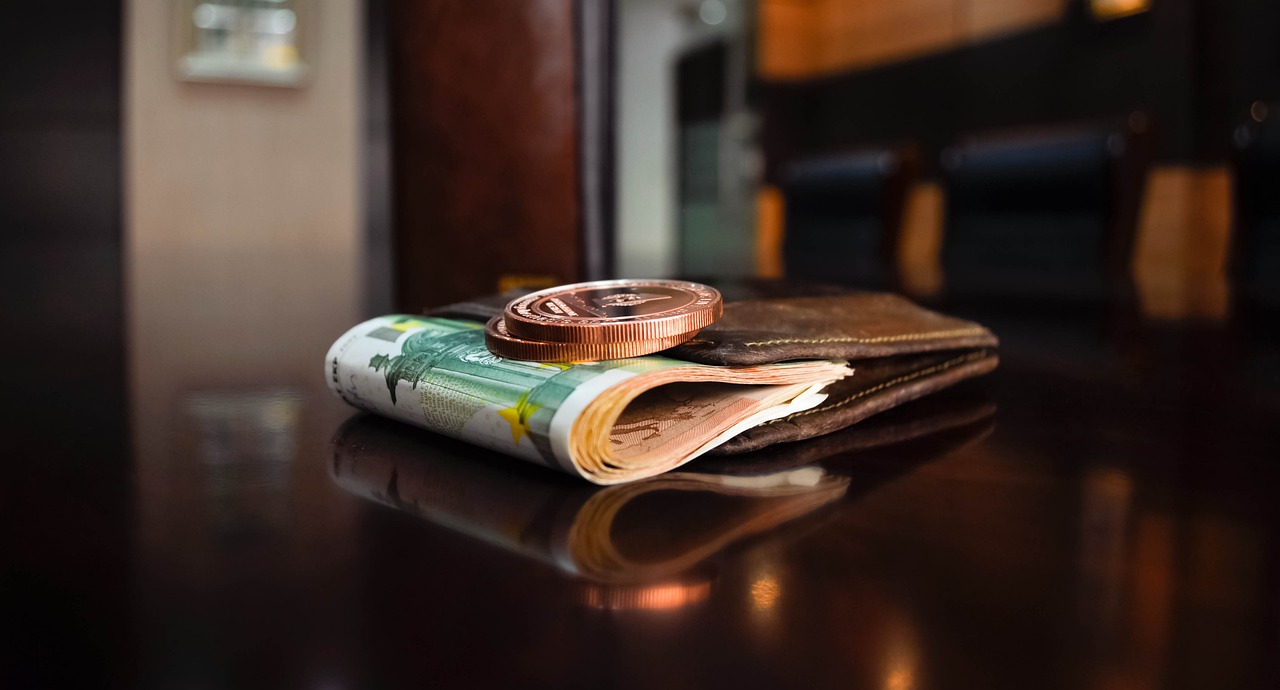
The Role of Security in Digital Wallets
In today's digital arts landscape, where creativity meets technology, the security of digital wallets has become a paramount concern. Artists and collectors alike are increasingly aware that their valuable assets are stored in these digital vaults, and any breach could lead to catastrophic losses. Imagine waking up to find that your prized digital artwork has vanished into thin air! This fear is what drives the need for robust security measures in digital wallets.
Digital wallets are not just simple applications; they are complex systems that require a multi-faceted approach to security. One of the primary features that enhance security is encryption. This technology scrambles the data stored in the wallet, making it nearly impossible for unauthorized users to access it. Additionally, many wallets employ two-factor authentication (2FA), adding an extra layer of protection. With 2FA, even if someone manages to obtain your password, they would still need a second form of verification—like a code sent to your mobile device—to gain access.
Moreover, the integration of biometric security features, such as fingerprint scanning and facial recognition, is becoming increasingly common in digital wallets. These features not only enhance security but also provide a seamless user experience. Just think about it: unlocking your wallet with a simple touch or glance feels like something out of a sci-fi movie, yet it's becoming a reality!
However, despite these advancements, the digital world is fraught with risks. Cybercriminals are constantly devising new tactics to exploit vulnerabilities in digital wallets. It's crucial for users to stay informed about the potential threats and to adopt best practices in wallet security. For instance, regularly updating passwords and avoiding public Wi-Fi when accessing wallets can significantly reduce the risk of unauthorized access.
To further illustrate the importance of security in digital wallets, consider the following table that outlines common security features and their benefits:
| Security Feature | Benefit |
|---|---|
| Encryption | Protects data by scrambling it, making it unreadable to unauthorized users. |
| Two-Factor Authentication (2FA) | Adds an extra layer of security, requiring a second form of verification. |
| Biometric Security | Utilizes unique physical traits for secure access, enhancing user experience. |
| Regular Software Updates | Ensures that the wallet is protected against the latest security vulnerabilities. |
As we move forward in this digital age, the emphasis on securing digital wallets will only intensify. Artists and collectors must remain vigilant and proactive in protecting their assets. The reality is that while technology evolves, so do the methods of those who seek to exploit it. Therefore, understanding the security features available and implementing them effectively is not just recommended; it is essential.
In conclusion, the role of security in digital wallets cannot be overstated. It’s the bedrock upon which trust is built in the digital arts market. Without it, the vibrant world of digital art could quickly turn into a minefield of risks and uncertainties. So, whether you're an artist showcasing your work or a collector investing in digital masterpieces, prioritizing security is the first step towards a safe and rewarding experience in the digital arts.
- What is a digital wallet? A digital wallet is an online application that allows users to store and manage their digital assets securely.
- How can I secure my digital wallet? Implement strong passwords, enable two-factor authentication, and regularly update your wallet software.
- Are digital wallets safe for storing valuable digital art? Yes, but they require users to follow best security practices to minimize risks.
- What should I do if I suspect my wallet has been compromised? Immediately change your password, enable additional security features, and contact the wallet provider for assistance.

Best Practices for Wallet Security
When it comes to the security of digital wallets, especially in the fast-paced world of digital arts, taking proactive measures is not just advisable—it's essential. Imagine your wallet as a treasure chest; if you leave it unlocked, anyone can take a peek inside and potentially steal your valuables. Thus, securing your digital wallet should be a top priority for both artists and collectors alike.
First and foremost, strong passwords are your first line of defense. It's tempting to use simple, memorable passwords, but this can be a costly mistake. Instead, opt for a password that combines upper and lower case letters, numbers, and special characters. A password manager can help you keep track of these complex passwords without the hassle of remembering each one.
Another vital aspect of wallet security is enabling two-factor authentication (2FA). This adds an extra layer of security by requiring a second form of verification, such as a code sent to your mobile device. Think of it as having both a key and a security guard at your treasure chest—one without the other is not enough.
Additionally, be cautious about phishing scams. These scams often come disguised as legitimate requests for information, tricking users into giving up their private keys or passwords. Always verify the source of any communication before providing sensitive information. A good rule of thumb is to navigate directly to the official website instead of clicking on links in emails.
Moreover, it’s essential to keep your wallet software up to date. Just like you wouldn’t want to live in a house with outdated locks, you don’t want to use a wallet with outdated security features. Regular updates often include patches for vulnerabilities that hackers could exploit.
For those who hold significant digital assets, consider using a hardware wallet. These wallets store your private keys offline, making them less susceptible to online threats. They are like having a safe deposit box for your digital treasures—secure and out of reach from prying eyes.
Lastly, always back up your wallet. This ensures that you can recover your assets in case of a hardware failure or loss. Store your backup in a secure location, separate from your primary wallet, to mitigate risks. You can even create a physical copy of your recovery phrase and store it in a safe place.
In summary, securing your digital wallet requires a combination of strong passwords, two-factor authentication, vigilance against phishing, regular updates, the use of hardware wallets, and reliable backups. By adopting these best practices, you can significantly reduce the risk of losing your valuable digital assets and enjoy the world of digital arts with peace of mind.
- What is two-factor authentication (2FA)?
Two-factor authentication is a security process that requires two different forms of identification before granting access to your wallet, adding an extra layer of protection. - How can I recognize a phishing attempt?
Phishing attempts often come in the form of emails or messages that ask for sensitive information. Look for poor grammar, suspicious links, and urgent requests for action. - What is a hardware wallet?
A hardware wallet is a physical device that securely stores your private keys offline, making it less vulnerable to online attacks. - Why is it important to back up my wallet?
Backing up your wallet ensures that you can recover your digital assets in case of theft, loss, or hardware failure.
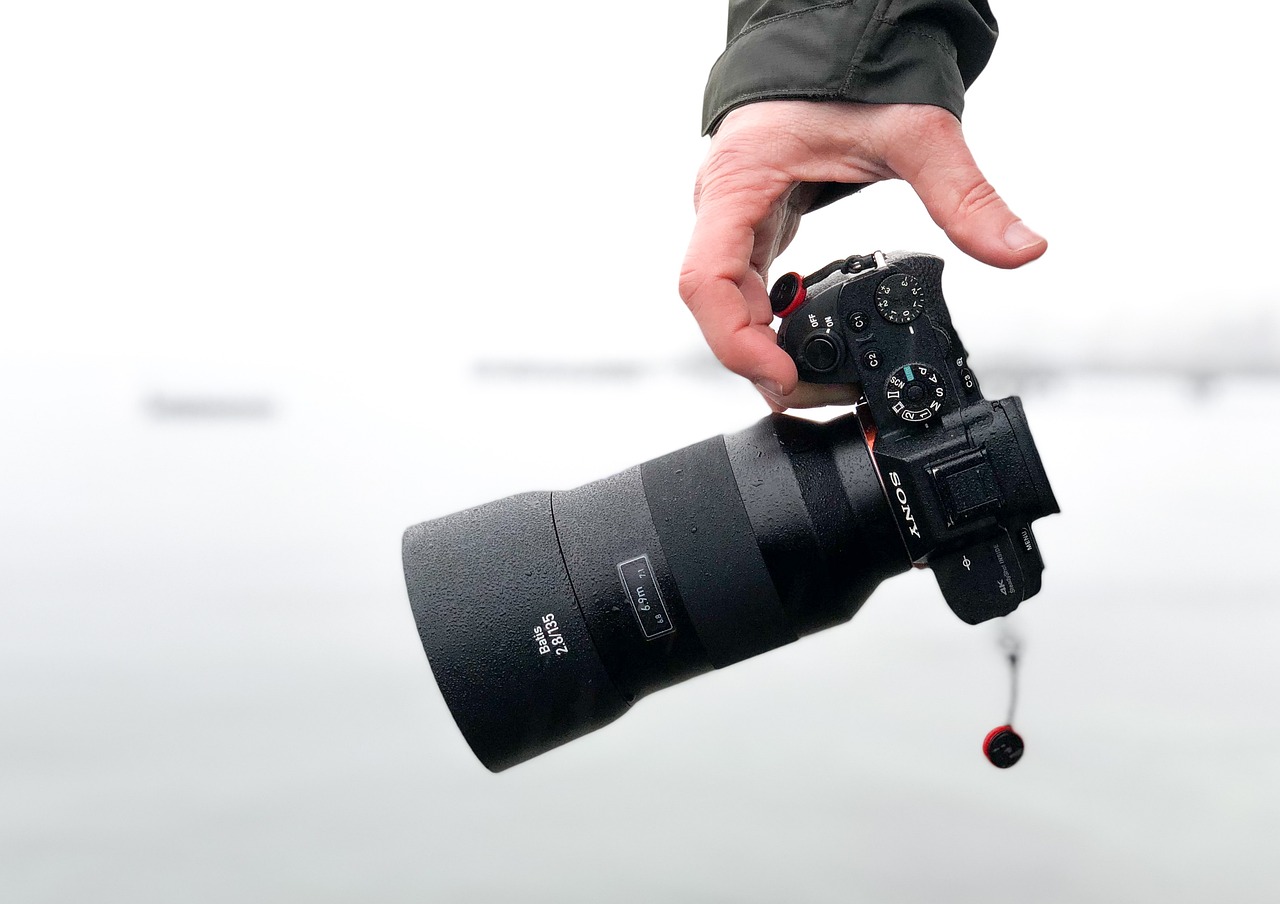
Future Trends in Digital Wallets
The landscape of digital wallets is not static; it’s a vibrant and rapidly changing environment that reflects advancements in technology and shifts in consumer behavior. As we look to the future, several trends are poised to redefine how digital wallets operate, particularly in the realm of digital arts. Imagine a world where your digital wallet is not just a storage space for your assets but a comprehensive platform that enhances your entire experience as an artist or collector. This is not merely a dream; it’s becoming a reality.
One of the most exciting trends is the rise of multi-currency wallets. As the digital art market expands globally, artists and collectors are increasingly engaging with diverse currencies, from traditional fiat to various cryptocurrencies. Multi-currency wallets will allow users to manage multiple types of assets seamlessly, making transactions more fluid and accessible. This capability can eliminate the hassle of converting currencies and streamline purchases, creating a more user-friendly experience.
Another trend gaining momentum is the integration of AI and machine learning within digital wallets. With these technologies, wallets can offer personalized recommendations based on users' preferences and past behaviors. Imagine receiving alerts about new art pieces that align with your taste or being informed of price drops on artworks you’ve been eyeing. This level of personalization can enhance user engagement and drive sales, making the digital art marketplace more dynamic.
Moreover, we can expect to see enhanced security features becoming standard in digital wallets. As the stakes get higher in the digital art world, the need for robust security measures will become paramount. Innovations such as biometric authentication, two-factor authentication, and advanced encryption methods will be crucial in protecting users’ assets. This heightened security will not only foster trust among users but also attract new participants to the market.
Furthermore, the concept of social wallets is emerging, where digital wallets incorporate social networking features. Artists can share their works, collectors can showcase their collections, and communities can form around specific interests. This social interaction can create a sense of belonging and encourage collaboration, ultimately enriching the digital art ecosystem. Imagine a wallet where you can not only store your assets but also connect with other artists and collectors, share insights, and even collaborate on projects!
Lastly, we should anticipate a stronger focus on sustainability within digital wallets. As environmental concerns continue to rise, wallets that support eco-friendly practices, such as carbon offsetting for transactions or promoting artists who prioritize sustainability, will likely gain popularity. This trend reflects a broader societal shift towards responsible consumption, and digital wallets that align with these values will resonate with a growing audience.
In conclusion, the future of digital wallets in the realm of digital arts is bright and full of potential. With advancements in multi-currency capabilities, AI integration, enhanced security, social features, and sustainability, digital wallets are set to transform how artists and collectors interact with their assets. As we embrace these changes, we can look forward to a more inclusive, efficient, and secure digital art marketplace.
- What is a digital wallet?
A digital wallet is an electronic device or online service that allows individuals to make electronic transactions, store digital assets, and manage cryptocurrencies. - How do digital wallets enhance security?
Digital wallets utilize advanced security features such as encryption, biometric authentication, and two-factor authentication to protect users' assets from unauthorized access. - What are NFTs, and how do they relate to digital wallets?
Non-fungible tokens (NFTs) are unique digital assets verified using blockchain technology. Digital wallets facilitate the buying, selling, and storage of NFTs, making them essential for collectors and artists. - Can I use a digital wallet for traditional currency?
Yes, many digital wallets support both cryptocurrencies and traditional fiat currencies, allowing users to manage all their assets in one place.
Frequently Asked Questions
-
What are digital wallets?
Digital wallets are online platforms that allow users to store, manage, and transact their digital assets securely. They provide a convenient way for artists and collectors to handle their digital art, cryptocurrencies, and other digital assets without the need for physical storage.
-
How do digital wallets enhance the security of digital art?
Digital wallets utilize advanced encryption and blockchain technology to ensure that transactions are secure and transparent. This means that ownership and authenticity of digital art can be verified, reducing the risk of fraud and unauthorized access to valuable assets.
-
What role do smart contracts play in digital wallets?
Smart contracts are self-executing contracts with the terms of the agreement directly written into code. They automate transactions within digital wallets, ensuring compliance and reducing the need for intermediaries, which can save time and money for artists and collectors alike.
-
What are the benefits of using smart contracts for artists?
Smart contracts offer numerous benefits, including lower transaction costs, increased trust between parties, and the ability to automate royalty payments. This means artists can receive payments immediately when their work is sold, streamlining the entire process.
-
Are there challenges associated with smart contracts?
Yes, while smart contracts offer many advantages, they also come with challenges such as technical complexities and potential legal uncertainties. These issues need to be addressed for wider adoption and to ensure that all parties involved are protected.
-
How do digital wallets facilitate NFT transactions?
Digital wallets are essential for managing NFTs, allowing users to buy, sell, and store these unique digital assets securely. They provide a user-friendly interface for interacting with NFT marketplaces and simplify the process of transferring ownership.
-
What are some best practices for securing a digital wallet?
To secure a digital wallet, users should implement strong passwords, enable two-factor authentication, regularly update their software, and be cautious of phishing attempts. Keeping backup copies of private keys in secure locations is also crucial for protecting digital assets.
-
What future trends can we expect in digital wallets?
As technology continues to evolve, we can expect digital wallets to incorporate more advanced features like biometric security, integration with various digital currencies, and enhanced functionalities for managing NFTs. These innovations will likely make digital wallets even more user-friendly and secure.



